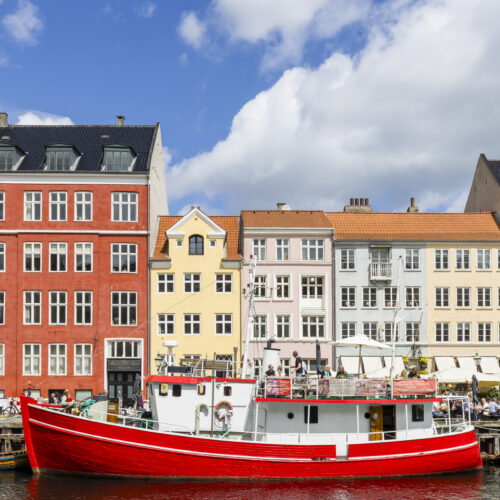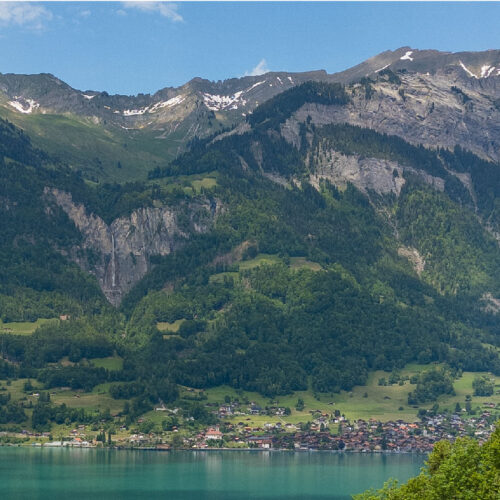Though bearing a religious name, Calke Abbey was never home to an order of monks or presided over by an abbot. The early 18th century Baroque-style mansion was instead the residence for the eccentric Harpurs, a royal Baronetage who reigned over the estate—and its many outbuildings, like the one above—for 300 years.
Calke Abbey draws its name from its prior purpose as home to an Augistinian priory, founded during the early 12th century, which operated for four centuries before being dissolved by the Crown.
The property was leased to various owners—among them Robert Bainbridge, a three-time Member of Parliament who spent time locked up in The Tower of London for refusing to acknowledge Queen Elizabeth I’s Religious Settlement legislation, which aimed to unify Protestants and Catholics. Bainbridge defiantly scrawled his name into the wall of the Tower, an etching of resistance which can still be seen today.
Bainbridge eventually sold the estate to Sir Henry Harpur. Under the Harpurs, Calke Abbey maintained its Old English countryside vibe, and like the priory before it, housed many men who devoted themselves to a life of seclusion. Sir Henry Harpur, who inherited the Abbey in 1789, was so hermetic that he eventually only communicated—even with his servants—by letter.
But even with such quirky competition, it was Sir Vauncey Harpur Crewe who was the most eccentric denizen of the Abbey. Sir Vauncey staunchly rejected modern society, preferring the simpler life. He refused to install electricity, and banned motor cars and even bicycles from the estate. His pride and joy was his taxidermy collection, amassed over his lifetime, which filled the rooms of Calke Abbey with species ranging from deer heads to cases of butterflies—their wings aloft, yet frozen in time.
 52.7997132, -1.4558947
52.7997132, -1.4558947



























Know more? Share with the community!
Submit Your ImageLogin/Sign Up.